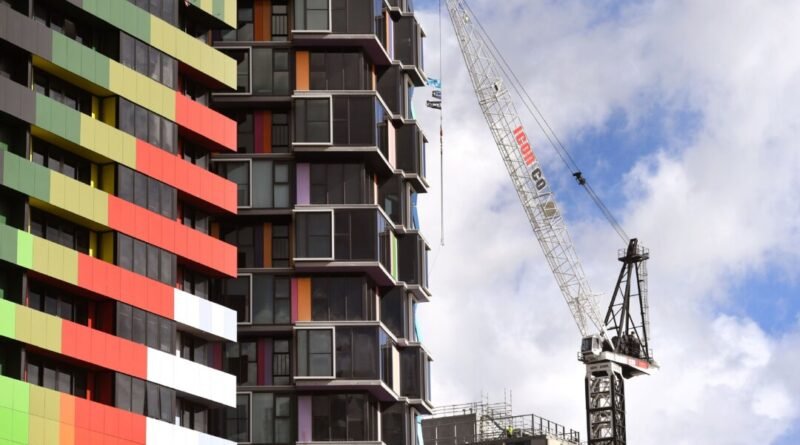Australia’s 1.2 Million Home Target by 2030 Unlikely to be Met, Predicts Oxford Economics
Despite forecasts of a significant increase in building activities across Australia in the coming years,
Australia is expected to fall short of its 2030 target of over 200,000 homes according to new Oxford Economics predictions, even with an uptick in construction activity.
The economic forecasting agency anticipates that residential construction will ramp up in the near future as inflation decreases and government housing policies start to show results.
In fact, analysts project that a record of 241,900 homes will be built in 2029 alone, bringing the total number of homes constructed by 2029 to 940,000.
However, this falls short of the federal Labor government’s 2030 target of 1.2 million homes.
Timothy Hibbert, the head of property and building forecasting at Oxford Economics, stated that affordability will continue to be a chronic issue due to ongoing home shortages.
Nevertheless, solid housing demand is expected to drive increased building activities.
Activity in the residential sector is expected to bounce back,” said Mr. Hibbert.
“All forms of construction will contribute to reach a new record level of dwelling commencements by the end of the decade.”
Oxford Economics also projects that more robust construction activities will occur in Western Australia and Queensland compared to other states and territories.
National Housing Supply and Affordability Council’s Forecasts
Oxford Economics’s analysis aligns with predictions by the National Housing Supply and Affordability Council, an independent panel of experts advising the federal government.
Compared to this, new demand is forecasted to hit 1.08 million homes in the next six years.
The report also highlights a decline in housing affordability in 2023, impacting various jurisdictions, income levels, and age groups.
“Only 13% of homes sold in 2022–23 were affordable for a median income household even with a deposit.”
Renters are also facing challenges as advertised rents climbed by 8% in 2023, marking a 35% increase since 2020.
Additionally, the rental vacancy rate sits at 1.6%, one of the lowest levels on record and well below the ideal rate of 3-4%.
While anticipating a supply shortfall, the Council warns of worsening affordability in the short term.
“There will be a significant imbalance between supply and new demand in the 2023–24 fiscal year and minor deficits in the subsequent two fiscal years,” the Council explained.
“These shortages will be partly offset by slight surpluses in new supply compared to new demand in the final three years of the projection period.”




